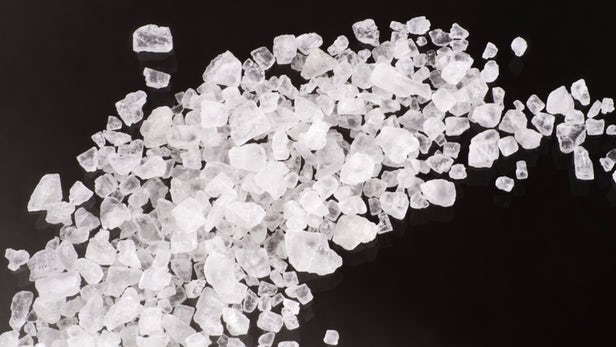
Breaking News
We Americans Need to Dig Deep into Historical Perspective
 A timeless clip of Michael Burry explaining how he used credit default swaps...
A timeless clip of Michael Burry explaining how he used credit default swaps...
 The next financial crisis won't start in a bank lobby. It's already brewing in the market
The next financial crisis won't start in a bank lobby. It's already brewing in the market
Top Tech News
 This tiny dev board is packed with features for ambitious makers
This tiny dev board is packed with features for ambitious makers
 Scientists Discover Gel to Regrow Tooth Enamel
Scientists Discover Gel to Regrow Tooth Enamel
 Vitamin C and Dandelion Root Killing Cancer Cells -- as Former CDC Director Calls for COVID-19...
Vitamin C and Dandelion Root Killing Cancer Cells -- as Former CDC Director Calls for COVID-19...
 Galactic Brain: US firm plans space-based data centers, power grid to challenge China
Galactic Brain: US firm plans space-based data centers, power grid to challenge China
 A microbial cleanup for glyphosate just earned a patent. Here's why that matters
A microbial cleanup for glyphosate just earned a patent. Here's why that matters
 Japan Breaks Internet Speed Record with 5 Million Times Faster Data Transfer
Japan Breaks Internet Speed Record with 5 Million Times Faster Data Transfer
 Advanced Propulsion Resources Part 1 of 2
Advanced Propulsion Resources Part 1 of 2
 PulsarFusion a forward-thinking UK aerospace company, is pushing the boundaries of space travel...
PulsarFusion a forward-thinking UK aerospace company, is pushing the boundaries of space travel...
 Dinky little laser box throws big-screen entertainment from inches away
Dinky little laser box throws big-screen entertainment from inches away
 'World's first' sodium-ion flashlight shines bright even at -40 ºF
'World's first' sodium-ion flashlight shines bright even at -40 ºF
Sodium-ion battery beats lithium for cost effectiveness

Lithium-ion batteries are the current reigning energy-storage champion, powering everything from phones to cars. But as good as it is as an electrode material, lithium is relatively rare, and the cost of mining and refining it can blow out the budget for large-scale applications. The search for a cheaper alternative has led some scientists to plain old salt, and now a Stanford team has developed a sodium-ion battery that would beat lithium-ion batteries in terms of cost per storage capacity.
As our oceans and dinner-table shakers show, salt is everywhere, and its ability to carry a charge makes it a perfect low-cost energy storage candidate. Sodium-based batteries are making in-roads in various forms, from the standard 18650 format used in laptops, to a quirky design with an anode made of a carbonized oak leaf.
"Nothing may ever surpass lithium in performance," says Zhenan Bao, lead researcher on the Stanford study. "But lithium is so rare and costly that we need to develop high-performance but low-cost batteries based on abundant elements like sodium."
The Stanford team's design uses a sodium salt cathode where positively-charged sodium ions are bound to negatively-charged myo-inositol ions, and a phosphorus anode – all materials that are naturally abundant. The researchers say they studied the atomic-level forces at work in how the sodium ions attach and detach themselves from the cathode, in order to improve the charge-recharge cycle.
In the end, the cathode of the sodium-ion battery has a reversible capacity of 484 mAh g−1, and an energy density of 726 Wh kg−1. The energy efficiency of the new batteries is claimed to be more than 87 percent, and as for the all-important factor of cost, the researchers claim this could add up to a sodium-ion battery that approaches lithium-ion batteries in terms of performance, but would cost less then 80 percent of a lithium-ion battery with equivalent storage capacity.

 The AI money machine!
The AI money machine!

